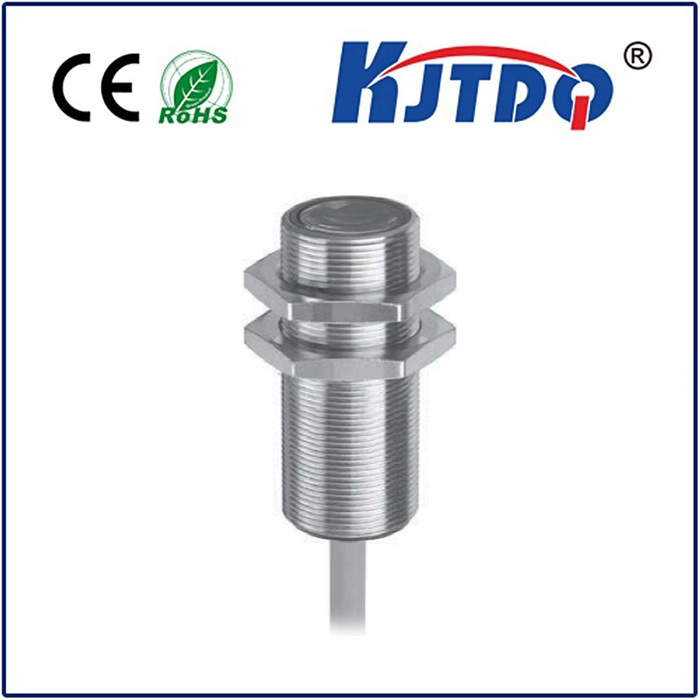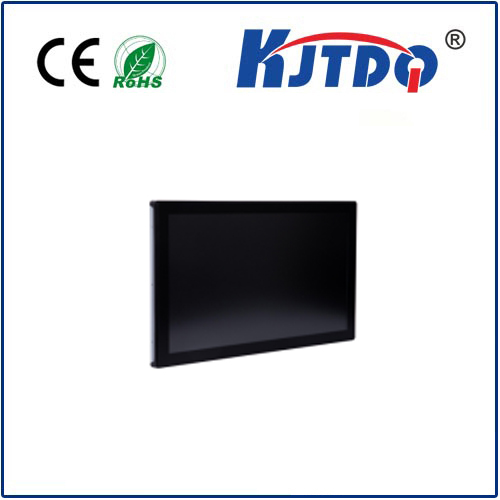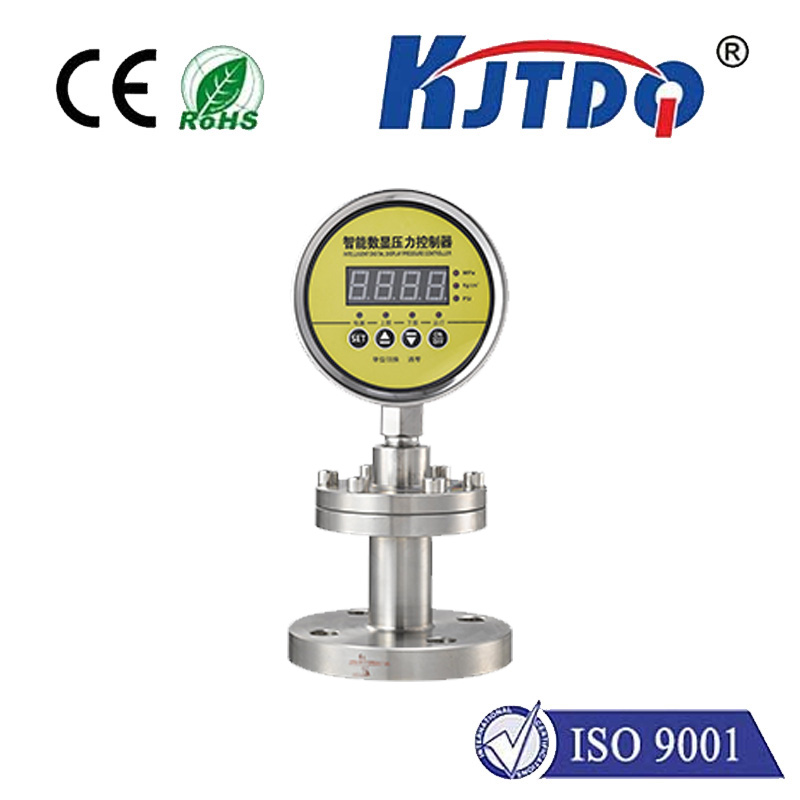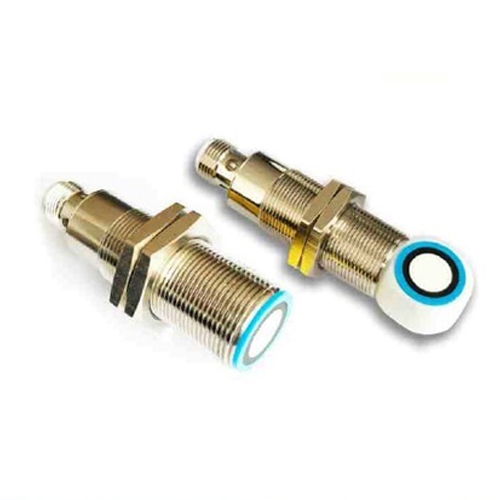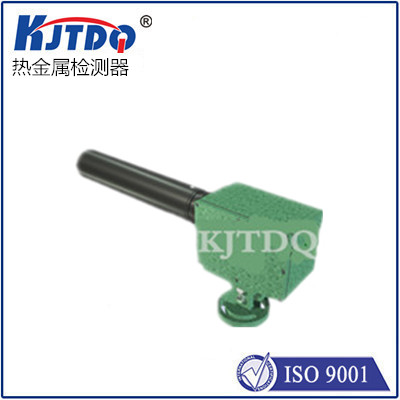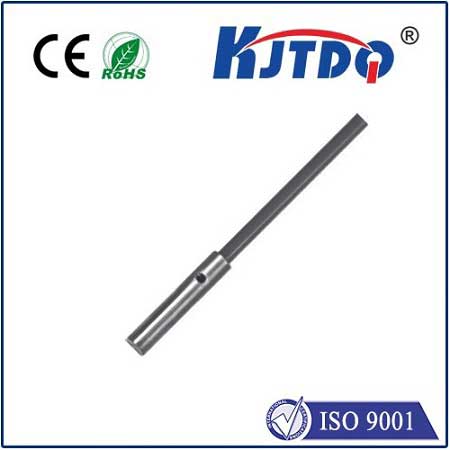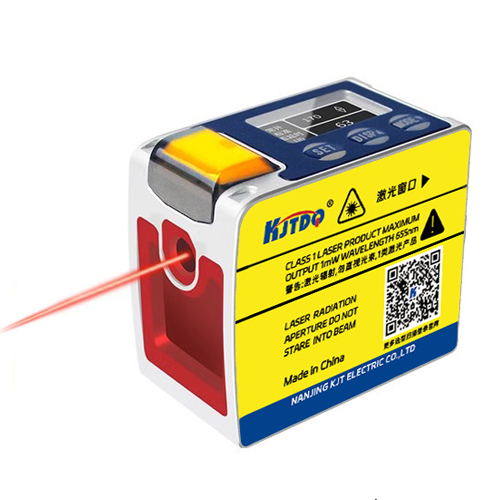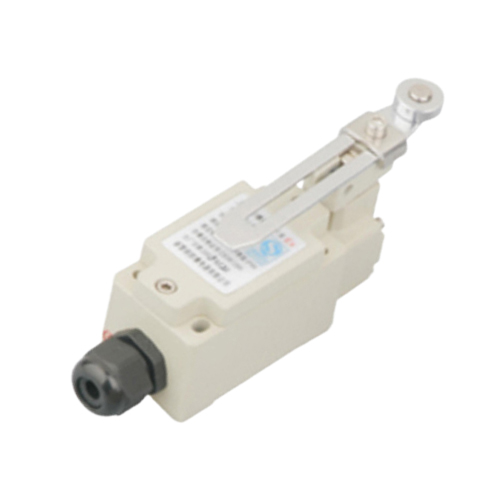photoelectric proximity sensor
- time:2025-06-12 19:13:25
- Click:0
Shining a Light: The Versatile World of Photoelectric Proximity Sensors
**Ever had an elevator door open automatically as you approached, exactly when needed? Or marveled at how a factory line knows precisely when a bottle is present for filling? This unseen intelligence often comes down to a remarkably reliable and versatile technology: the photoelectric proximity sensor. These silent sentinels use light to detect the presence, absence, or distance of objects without physical contact, making them indispensable across countless modern industries.**
At its core, a photoelectric proximity sensor operates on a surprisingly simple principle: light emission and detection. One component, the emitter (usually an LED), projects a beam of light – often invisible infrared (IR) for reliability and immunity to ambient light interference. A separate component, the receiver (typically a photodiode or phototransistor), is then positioned to detect this light. The fundamental magic lies in how the interaction between the emitted light beam and a target object triggers detection.

How Do Photoelectric Sensors Work? The Core Technologies
There isn’t just one type; different configurations solve different detection challenges:
- Through-Beam (Opposed Mode):
- Concept: Emitter and receiver face each other as separate units. The emitter’s light beam constantly shines towards the receiver.
- Detection: An object passing between the emitter and receiver interrupts the light beam. This interruption signals the presence of the object.
- Advantages: Longest sensing ranges (up to 100m+), highly reliable, immune to object color/surface finish, excellent for small objects.
- Considerations: Requires wiring both emitter and receiver units on opposite sides of the detection point.
- Retroreflective:
- Concept: Emitter and receiver are housed together in a single unit. A special reflector (corner-cube or tape) is mounted opposite.
- Detection: The emitter’s beam travels to the reflector and bounces directly back to the receiver. An object passing between the sensor unit and the reflector prevents the light beam from returning to the receiver, signaling presence.
- Advantages: Simpler installation than through-beam (only one unit to wire on one side, plus the passive reflector), longer range than diffuse mode. Reflector alignment is critical.
- Considerations: Shiny objects near the beam path can sometimes trick the sensor by reflecting light back themselves (though modern sensors have polarization filters to combat this).
- Diffuse (Proximity Mode):
- Concept: Emitter and receiver are housed together in a single unit. It relies on the target object itself reflecting light back to the receiver.
- Detection: The sensor emits light. When an object enters its detection zone, some of this light reflects off the object’s surface back towards the receiver unit. Detection occurs when sufficient reflected light is detected.
- Advantages: Simplest installation – only one unit needed on one side of the target.
- Considerations: Sensing range is shortest (usually centimeters to a couple of meters). Detection depends heavily on the object’s size, color, material, and surface texture; dark or non-reflective objects are harder to detect. Background suppression (BGS) and foreground suppression (FGS) variants exist to provide more reliable detection based on distance, less affected by object reflectiveness.
Why Choose Photoelectric Proximity Sensors? The Compelling Advantages
Their widespread adoption across demanding environments like manufacturing, logistics, and automation stems from key benefits compared to other proximity detection methods like inductive or capacitive sensors:
- Non-Contact Detection: Crucially, they never touch the target object. This eliminates wear and tear, prevents damage to delicate items, and allows high-speed detection without friction.
- Long Sensing Ranges: Especially through-beam variants offer detection over distances far exceeding other proximity sensor types, ideal for monitoring large spaces or conveyors.
- Versatile Object Detection: Capable of detecting virtually any solid object – metal, plastic, wood, glass, cardboard, liquid levels (in transparent containers), even biological materials – as long as light interacts with it (blocked or reflected).
- High Speed & Precision: They react extremely quickly to changes in light intensity, enabling detection of very fast-moving objects or precise positioning tasks.
- Reliability & Long Life: With no moving parts to wear out (inherent to the non-contact nature) and robust construction, photoelectric sensors offer exceptional operational lifetimes.
- Color and Contrast Detection: Advanced variants can distinguish between specific colors or detect contrast variations (e.g., a label on a bottle), adding another layer of application capability beyond simple presence/absence.
Where Light Detection Makes a Difference: Key Applications
The ability to detect objects non-invasively using light beams makes photoelectric sensors ubiquitous:
- Industrial Automation: Counting products on high-speed lines, verifying part presence in assembly, detecting jams, controlling robotic arms with position feedback (object detection is critical), triggering filling/capping operations.
- Packaging & Material Handling: Detecting packaging flaps, checking case fill levels, triggering labelers, controlling conveyor starts/stops based on position, palletizing/depalletizing.
- Food & Beverage: Monitoring fill levels in clear bottles/cans, detecting caps/lids, verifying label placement, controlling wrapping machines.
- Automotive Manufacturing: Ensuring components are present before welding/assembly, verifying door/window positions, detecting vehicles on test tracks.
- Logistics & Warehousing: Detecting parcels on sortation conveyors, triggering gate openings, monitoring pallet positions in storage racks, safety light curtains for personnel protection.
- Building Automation: Automatic door openers, elevator call buttons, occupancy detection for lighting control, security systems.
- Printing & Paper Handling: Detecting paper jams, verifying paper feed, registration mark detection for precise alignment.
Choosing the Right Beam: Factors for Selection
Selecting the optimal photoelectric proximity sensor involves understanding the application specifics:
- Detection Mode: Through-beam for longest range/reliability? Retroreflective for single-sided medium range? Diffuse for simple close proximity? Maybe a specialized diffuse with background suppression?
- Sensing Range: How far away does the object need to be detected?
- Target Characteristics: What is the object made of? What color is it? What’s its size? Is the surface shiny or matte? This is especially critical for diffuse sensors.
- Environment: Dust, dirt, moisture, vibration, extreme temperatures, or ambient light levels? Requires sensors with appropriate IP ratings and immunity features.
- Output Type: Digital output (PNP/NPN) for simple presence/absence? Analog output for distance measurement? IO-Link for smarter communication?
- Mounting Constraints: Space limitations dictate the physical size and mounting style needed.
Photoelectric proximity sensors are the unsung heroes of modern automation and countless everyday conveniences. By harnessing the fundamental properties of infrared light beams and sophisticated signal processing, they deliver fast, reliable, and non-contact object detection across an astonishingly wide range of materials and environments. From ensuring factory lines hum with efficiency to making our elevators and doors respond seamlessly, photoelectric sensors continue to shine, enabling smarter, safer, and more responsive systems everywhere. Their versatility and fundamental advantages ensure they remain a cornerstone of sensing technology in the age of Industry 4.0.












